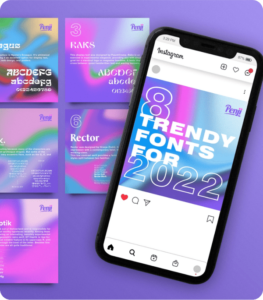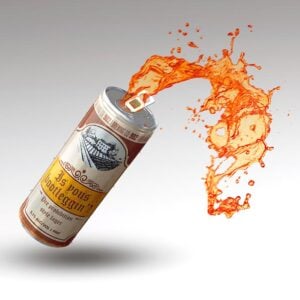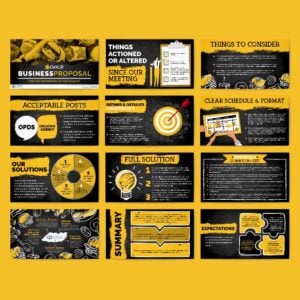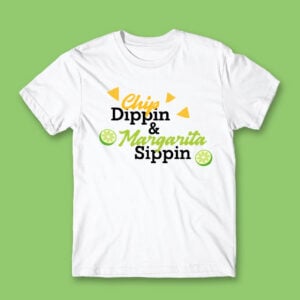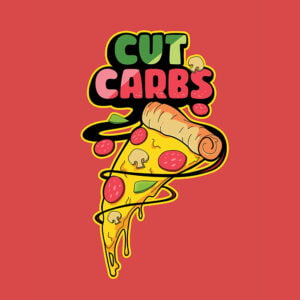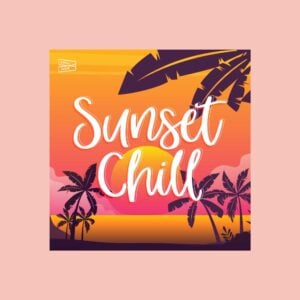
For decades, Nestlé products have been a staple in many pantries worldwide. From popular beverages like Nescafe, Nesquik, and Coffee-Mate to easy meals, such as Hot Pockets and Stouffer’s, many consumers trust the company’s brands for quality and convenience.
In fact, 2024 data from Statista reveals that Stouffer’s was the top-selling single-serve frozen dinner brand in the US, selling over $243 million worth of lasagna, Salisbury steak, meatloaf, and other product variants within a 12-week period. That’s a ton of frozen dinners!
Recently, however, Nestlé has been caught up in controversial publicity – and it’s anything but sweet.
Let’s bite into the topic and savor the facts behind the scandal that destroyed Nestlé’s reputation.
A Scandal Involving Babies and Sugar
The recent Nestlé controversy involves two variables – babies and sugar.
It all revolves around an investigation conducted by the Swiss non-governmental organization Public Eye and the International Baby Food Action Network (IBFAN).
The study found that the company’s baby products, Cerelac and Nido, come without any added sugar in high-income countries. These include the United Kingdom, Germany, France, and Switzerland, where Nestlé is headquartered.
However, laboratory analysis revealed that added sugars in the same products could reach as high as 7.3 grams in lower-income countries. These are Thailand, Ethiopia, the Philippines, South Africa, and other countries in Asia, Africa, and Latin America. That’s about one and a half teaspoons of sugar per serving, or by European gauge, one and a half cubes of sugar.
Added Sugar in Cerelac (Image Souce: Public Eye – Le magazine)
Added Sugar in Cerelac Baby Cereals (Image Souce: Public Eye – Le magazine)
The difference in the added sugar content of products in high-income countries and developing countries is a double standard. Johannesburg-based pediatrician and public health professor Karen Hofman called out Nestlé for what she called “a form of colonization.”
By now, it’s pretty much common knowledge that sugar, especially those from unnatural sources, is bad for the health. We also know by now that too much sugar can lead to obesity, heart disease, and type 2 diabetes, among other issues.
But just how much sugar should babies consume? None at all, according to the Scientific Report of the 2020 Dietary Guidelines Advisory Committee. In fact, the report recommends no sugar for the first two years of life as energy from high-sugar products could displace energy from nutrient-dense foods.
Not Nestlé’s First First Baby Scandal
The recent scandal isn’t Nestle’s first controversy over consumables for babies.
In 1974, the report The Baby Killer accused Nestlé of causing illness and infant deaths in poor communities in low-income nations by pushing their infant formula over breastfeeding.
Following the scandal, the report triggered calls for a global boycott in 1977, marking Nestlé’s reputation with allegations of lack of accountability.
Marketing Blunders that Haunt Nestlé
Given the controversy in the 1970s, Nestlé should know better than to repeat the same mistakes. However, the company took missteps in marketing, including the following:
Misleading Health Claims
Nestlé promotes Cerelac and Nido as helping kids “live healthier lives.” In addition, it also markets the products as “fortified with vitamins, minerals, and other micronutrients.” It goes without saying that these lines attract parents and caregivers.
For instance, take a look at the marketing materials below. One is for Nido (sold as Dancow in Indonesia), where the main tagline translates to “Grow smart.” The other, meanwhile, is for Cerelac (sold as Mucilon in Brazil), where the product is marketed for cerebral development:
Nido and Cerelac ads in Indonesia and Brazil (Image Souce: Public Eye – Le magazine)
Both examples idealize the products as somewhat essential for babies’s brain development. Added to that, the ads imply that they’re more nutritious than regular family food.
Lack of Transparency
While Cerelac and Nido’s packaging displays the amount of nutrients, minerals, and vitamins they contain, it doesn’t indicate the amount of added sugars. The problem is consumers trust nutrition labels. Public Eye and IBFAN only found out about the hidden sugars after they had the actual products analyzed for sugar in a laboratory in Belgium.
Aggressive Marketing in Low-Income Countries
After the Baby Killers scandal, the World Health Organization released an international code prohibiting the promotion of infant formula. This move protects breastfeeding, which is the healthiest option for infants.
However, Nestlé continued to market aggressively in low-income countries. Author and University of Sydney researcher Phillip Baker says it’s “cradle-to-grave marketing strategy.” Simply put, brands get consumers hooked at a very young age to encourage taste preference and brand loyalty throughout their lives.
What Can Marketers Learn from Nestlé’s Scandal?
Without a doubt, Nestlé’s recent controversy highlights the importance of ethical marketing practices, especially when dealing with vulnerable populations. It also offers a great learning opportunity to prioritize transparency by giving accurate information so that shoppers can make informed decisions.
Sadly, in an attempt to dominate the global baby food market, Nestlé resorted to aggressive marketing tactics that damaged its reputation and left consumers with a bad taste in their mouths.
References:
- How Nestlé gets children hooked on sugar in lower-income countries
- Scientific Report of the 2020 Dietary Guidelines Advisory Committee
- Factors Associated with the Initiation of Added Sugar among Low-Income Young Children Participating in the Special Supplemental Nutrition Program for Women, Infants, and Children in the US
- The Baby Killer
About the author

Carla Deña
Carla is a journalist and content writer who produces stories for both digital and legacy media. She is passionate about creativity, innovation, and helping small businesses explore solutions that drive growth and social impact.

